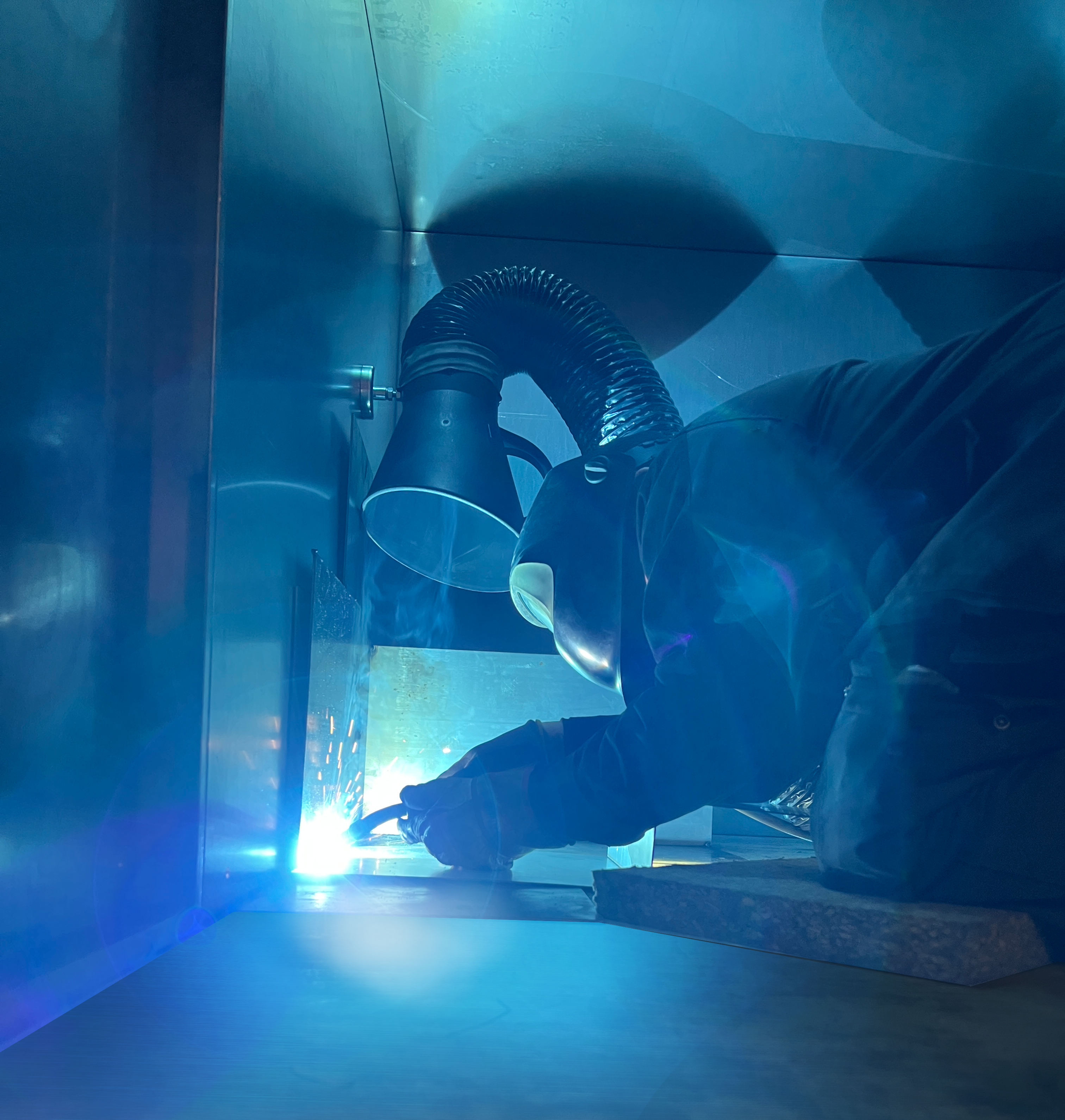Clean air in tank construction - not always easy, but not impossible
January 16, 2023
TEKA | Tim Nieswandt
Forced positions are part of the hard everyday life for welders, especially in confined spaces - whether lying in pipes, kneeling in containers or overhead in a tank. Apart from the physical exertion, it is also the air supply that can lead to health consequences for welders. Whenever there is no natural air outlet available, welding fumes make you literally run out of air.
In confined spaces, as is often the case in tank construction, welding creates various hazards that can lead to accidents. Gases or dusts can lead to fires and explosions. Substances harmful to health that are produced during welding can quickly lead to a lack of oxygen or a high concentration of irritating or toxic substances due to the limited volume of space.
If possible, it should be checked in advance how sources of danger can be minimised. For example, through the substitution of hazardous working substances, the education and monitoring of appropriate protective measures and the use of suitable protective equipment such as respirators.
Special attention should also be paid to general air pollution control. But how? Depending on the size of the container, various approaches can be considered: On the one hand, an extraction hood on a hose assembly can provide relief, whereby the bonnet can be placed over the area to be welded with a magnetic base. The same is also possible as a slimmer variant with a high-vacuum extraction unit and a thinner hose and a funnel or round nozzle. Likewise, with a high-vacuum unit such as the HandyCart extraction torch, the welding fumes produced can be extracted directly at the source. If this is not possible, at least a room air solution must be installed in order to comply with workplace limits.
In addition, a supply of fresh air should still be ensured so that an oxygen content of 20.9 % can be guaranteed. Effective extraction significantly supports the achievement of such values. The use of ventilated welding helmets is also recommended. The direct supply of oxygen is prohibited, as this poses an acute risk of explosion.
Occupational safety goes beyond the provision of suitable equipment and places the onus on the welder himself to use it consciously and correctly. This is the only way to prevent hazards from welding fumes.
Even if it is sometimes very difficult to implement such measures in companies, there is always a solution for clean air. We are always available for individual solutions or further questions so that employees can be optimally protected.

